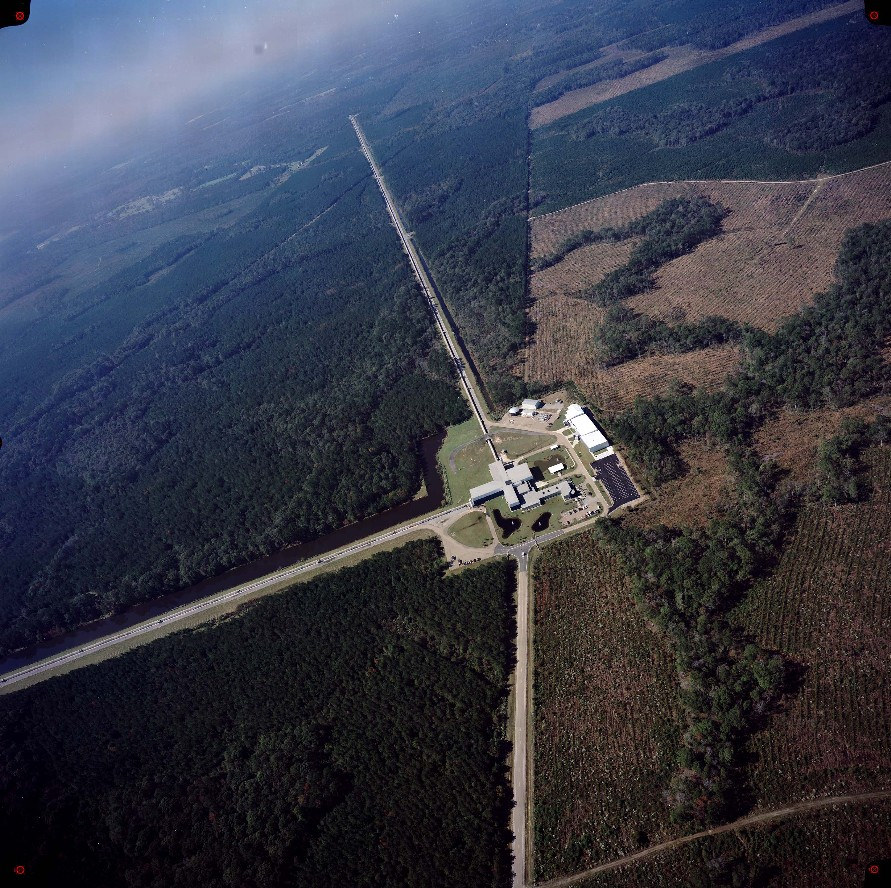How did library research contribute to a Nobel Prize winning discovery?
 LSU Adjunct Professor and MIT Professor Emeritus Rainer Weiss and California Institute of Technology professors emeriti Kip Thorn and Barry Barish received the 2017 Nobel Prize in Physics for the first detection of gravitational waves. The recipients are the leaders of the Laser Interferometer Gravitational-wave Observatory (LIGO) that is responsible for the first detection of gravitational waves that confirms Albert Einstein’s 1915 general theory of relativity.
LSU Adjunct Professor and MIT Professor Emeritus Rainer Weiss and California Institute of Technology professors emeriti Kip Thorn and Barry Barish received the 2017 Nobel Prize in Physics for the first detection of gravitational waves. The recipients are the leaders of the Laser Interferometer Gravitational-wave Observatory (LIGO) that is responsible for the first detection of gravitational waves that confirms Albert Einstein’s 1915 general theory of relativity.
The LSU Cartographic Information Center (CIC), Department of Geography & Anthropology, College of Humanities & Social Sciences played an important role in determining the site of the LIGO Livingston observatory, which is located on property owned by LSU. During the late 1980s, Professor Warren Johnson of the LSU Physics Department used topographic maps available in the CIC to determine the most beneficial site for LIGO’s scientific mission. The National Science Foundation selected the Livingston LIGO site in 1992, and construction started in 1994-95.
With many LSU faculty and students being major contributors to the LIGO Science Collaboration, this year’s Nobel Prize in Physics is distinguished recognition of their work as well.
